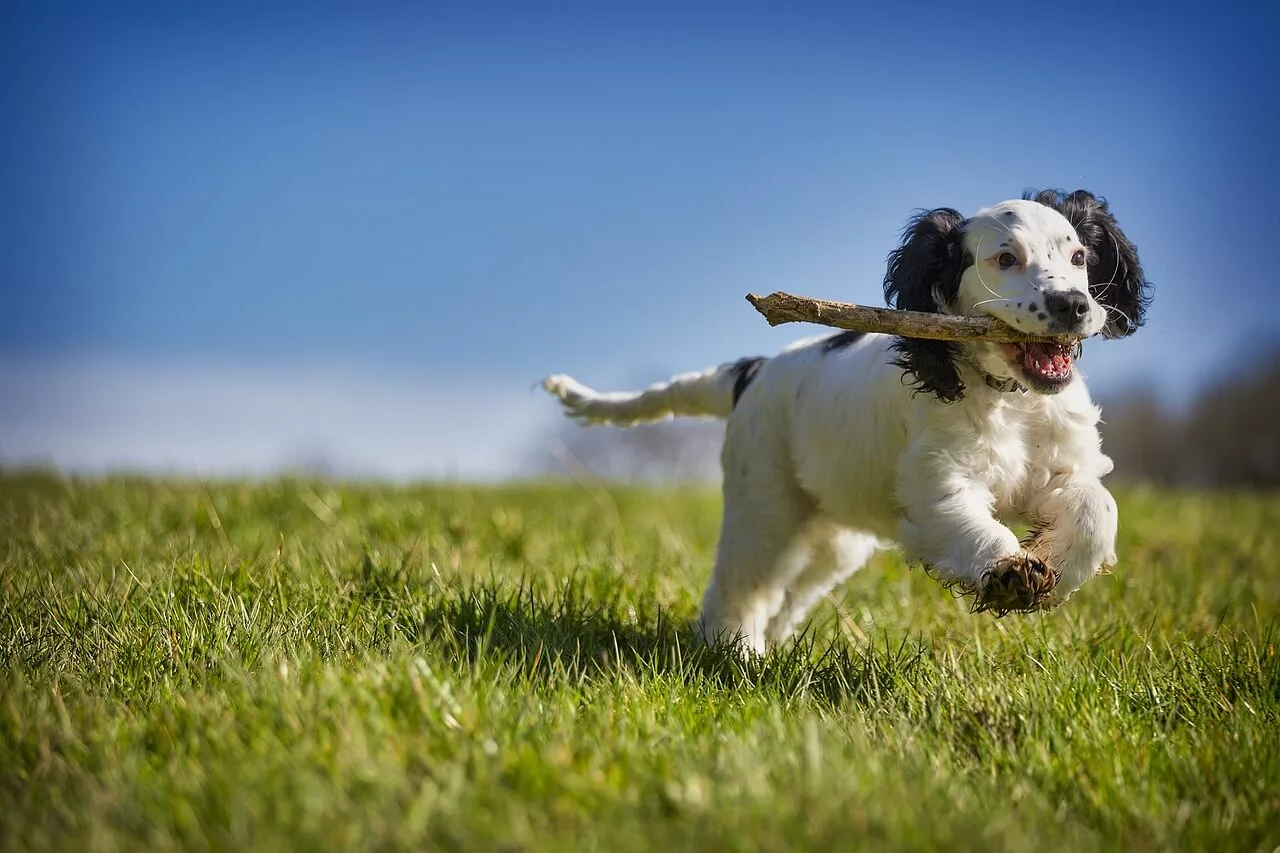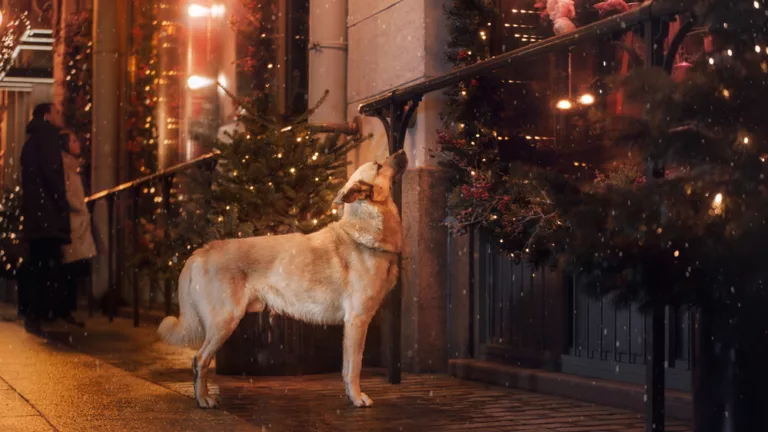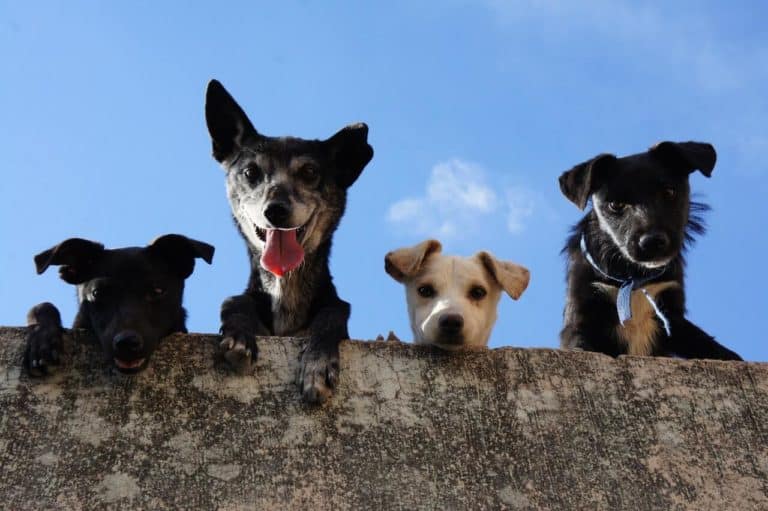Hello, fellow canine enthusiasts! Ella here, a lovable Golden Retriever with a story to tell. I remember the first time my human, Lucy, presented me with a brand-new toy. It was an unforgettable moment that forever changed my life. Let me take you back to that special day.
The Unveiling
Lucy had a twinkle in her eye that day. She reached behind her back and brought out a bright, squeaky rubber chicken. My tail started wagging uncontrollably – a sure sign of my excitement. My eyes widened, and I let out an excited bark, which in dog language, translates to “Wow, for me?”
The rubber chicken was colorful and cheerful, just begging to be chewed. I lunged forward, my paws skidding across the floor in my eagerness. The moment I bit down on it and it squeaked, I jumped back in surprise, then immediately lunged again, determined to conquer this noisy adversary.
Why That Toy?
I believe Lucy chose that specific dog toy because she understands my playful nature and boundless energy. I’ve always been an active dog, full of curiosity, and squeaky toys are my absolute favorite. They’re so much fun to chase around and gnaw at, and they also provide a good workout for my jaws!
An Essential Part of My Life
From that day forward, that squeaky chicken became an essential part of my life. It’s my go-to toy for playtime, my comfort object when I’m feeling anxious, and sometimes, my pillow during nap time. It’s more than just a toy; it’s a symbol of the fun times and the strong bond between Lucy and me.
Tips for a Positive First-Time Toy Experience
For all the dog parents out there, here are some tips to make your furry friend’s first-time toy experience positive and engaging:
- Know Your Dog’s Preferences: Each dog has unique preferences. Some dogs like squeaky toys, while others prefer plush toys or balls. Take note of what interests your dog the most.
- Size Matters: Make sure the toy is suitable for your dog’s size. A toy that’s too small could be a choking hazard, while a toy that’s too large might be difficult for your dog to enjoy.
- Safety First: Ensure the toy is safe. Avoid toys with small parts that can be easily swallowed or sharp edges that can cause injury.
- Introduce Gradually: When introducing a new toy, allow your dog to explore it at their own pace. Encourage them gently and make the experience fun and rewarding.
The Initial Sniff Test: First Impressions Matter
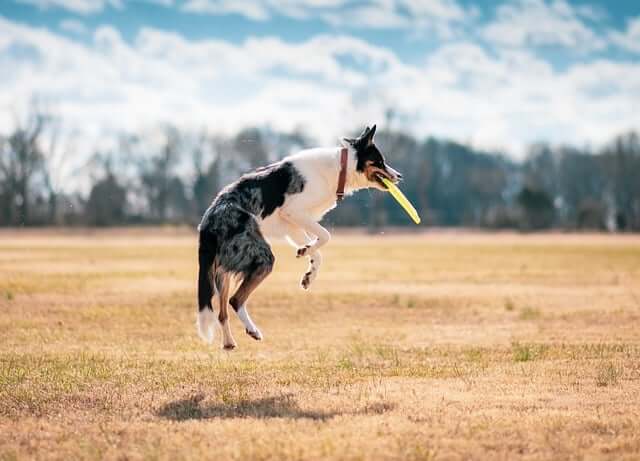
Now, I want to share another important my first toy story – the initial sniff test.
The First Sniff
When Lucy first presented me with the rubber chicken, I didn’t just dive right in. No, no, no, my friends. There’s a certain protocol we dogs follow when it comes to new things, and it starts with the sniff test.
I approached the rubber chicken cautiously, my tail wagging with anticipation, but my body language showed a hint of uncertainty. I extended my snout towards the toy, taking in its unique smell. This is an essential step for us dogs, as our sense of smell is far superior to our sight. This sniff test helps us understand what we’re dealing with.
The rubber chicken passed the sniff test with flying colors! It had a smell that was interesting and inviting. It was then that I knew this was going to be a fun toy.
Why First Impressions Matter
First impressions matter because they set the tone for our relationship with the new object, person, or fellow pet. For us dogs, the world is largely interpreted through our noses. So, the initial sniff gives us a wealth of information and helps us decide whether we like something or not.
In the case of the rubber chicken, it was love at first sniff. Its smell was intriguing, and it promised lots of fun times ahead. And boy, did it deliver!
Tips for a Positive First Sniff Experience
For the human companions reading this, here are some tips to ensure your dog has a positive first sniff experience with their new toys:
- Cleanliness: Ensure the toy is clean before presenting it to your dog. While dogs love to explore different smells, a toy that’s too overpoweringly scented might turn them off.
- Safe Space: Introduce the toy in a familiar and safe environment. Your dog will be more comfortable exploring a new toy in a place they know well.
- Patience: Allow your dog to take their time sniffing and exploring the toy. Patience is key during this process.
- Positive Reinforcement: Encourage your dog during their sniff test. A little praise can go a long way in making them feel more confident and excited about their new toy.
Remember, every dog is different. What works for one might not work for another. But with patience, understanding, and a lot of love, you can make your dog’s first toy experience a memorable one!
The Squeakers: A Love-Hate Relationship
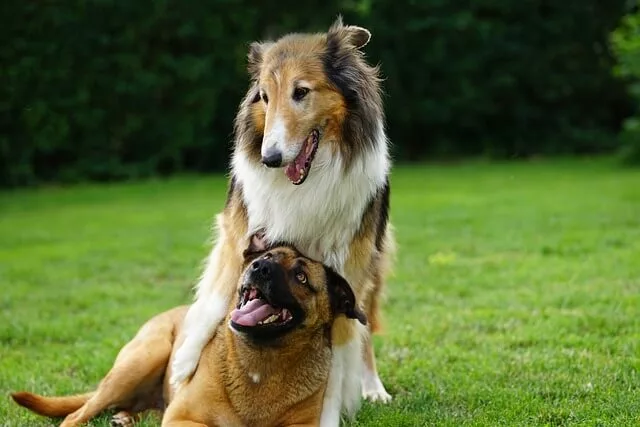
I want to talk about a special kind of toy that has a unique place in my heart (and my jaws)—the squeaky toy.
My First Squeaky Toy Adventure
You might remember from my previous posts that my first toy was a squeaky rubber chicken. Oh boy, what an adventure that was! When I first bit into it, it let out a sound that I can only describe as a cross between a squawk and a squeak. I was startled and jumped back, but my curiosity quickly got the better of me.
I lunged at it again, this time prepared for the noise. And there it was—the squeak! It was so unexpected, so surprising, so… fun! I couldn’t get enough of it. That day, I squeaked, chased, and chewed that rubber chicken until I was exhausted.
Why the Love-Hate Relationship?
Now, you might be wondering why I describe my relationship with squeaky toys as a love-hate relationship. Well, it’s simple. I love them because they’re so much fun. They make a noise when I bite them, which is endlessly entertaining to me.
But on the other hand, the squeak also drives me a little crazy. It’s like it’s challenging me, daring me to keep biting. And I can’t resist a good challenge! Sometimes, I get so determined to find the source of the squeak that I end up tearing the toy apart. Sorry, Lucy!
Tips for Introducing Squeaky Toys
For the human companions out there, here are some tips for introducing squeaky toys to your dog:
- Supervise Playtime: Some dogs can get a little too excited with squeaky toys and might try to tear them apart. It’s important to supervise playtime to ensure safety.
- Choose Durable Toys: Squeaky toys that are designed to withstand vigorous chewing are a great choice. They last longer and are safer for your dog.
- Teach ‘Leave It’ Command: This can be helpful if your dog becomes too obsessed with the squeak and needs a break.
- Have Non-Squeaky Alternatives: It’s a good idea to have a mix of squeaky and non-squeaky toys. This allows your dog to enjoy a variety of play experiences.
Squeaky toys can provide hours of fun and mental stimulation for your dog. But like all good things, they should be enjoyed in moderation. With the right approach, squeaky toys can become a beloved part of your dog’s toy collection.
The Importance of Play: Beyond Just Toys
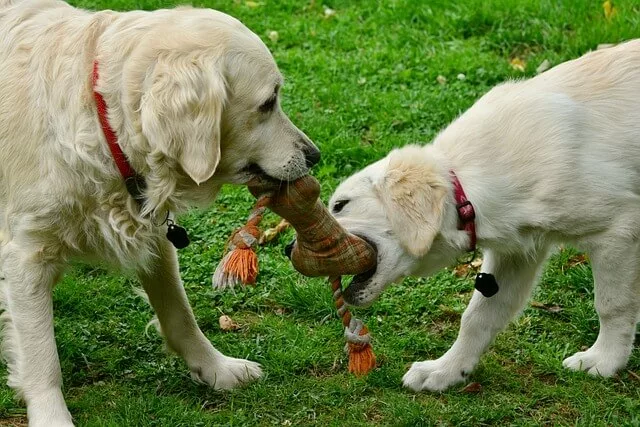
We’ve chatted about toys and the joy they bring, but today, let’s explore a different kind of play—one that isn’t centered around traditional toys.
A Different Kind of Playtime
One sunny afternoon, Lucy and I found ourselves in the backyard with no toys in sight. But who said fun could only be had with a squeaky rubber chicken or a bouncing ball? Not us! That day, we invented our own game, a simple one that involved nothing but a fallen leaf and our shared enthusiasm.
Lucy would toss the leaf into the air, and I would try to catch it before it hit the ground. Each time I managed to snag it mid-air, Lucy would cheer and pet me, and I would wag my tail in pure delight. It was a simple game, but oh-so-much fun!
Lessons from a Leaf
That leaf-catching afternoon taught me so much about fun and bonding. It showed me that playtime isn’t just about the toys—it’s about spending quality time together, engaging with each other, and having a good laugh (or bark!).
The joy I felt chasing that leaf wasn’t much different from the excitement I get from my squeaky chicken. But there was something extra special about that day. Maybe it was the way Lucy laughed as I pranced around, or maybe it was the satisfaction of catching the leaf that made it so memorable.
The Importance of Play
Play is so much more than just a fun pastime. It’s a chance for us dogs to exercise, to stimulate our minds, and most importantly, to bond with our humans. Whether it’s with a fancy toy or a simple leaf, what matters most is the love and joy shared in those moments.
Tips for Toy-Free Playtime
For the human companions reading this, here are some tips for enjoyable toy-free playtimes:
- Use What’s Around You: A stick, a leaf, or even a snowball can turn into a fun game. Be creative!
- Engage with Your Dog: Play isn’t just about your dog running after something. Get involved, cheer them on, make it a shared experience.
- Keep it Safe: Ensure whatever you’re using for play is safe for your dog. Avoid anything small enough to swallow or sharp enough to cause injury.
- Have Fun!: Remember, the goal of playtime is enjoyment. Don’t worry about rules or winning. Just have a good time!
Toys are fantastic, but they aren’t the be-all and end-all of playtime. Sometimes, all you need for a memorable play session is a bit of creativity, a willing spirit, and a leaf blowing in the wind.
Until next time, keep playing, keep bonding, and keep those tails wagging!

